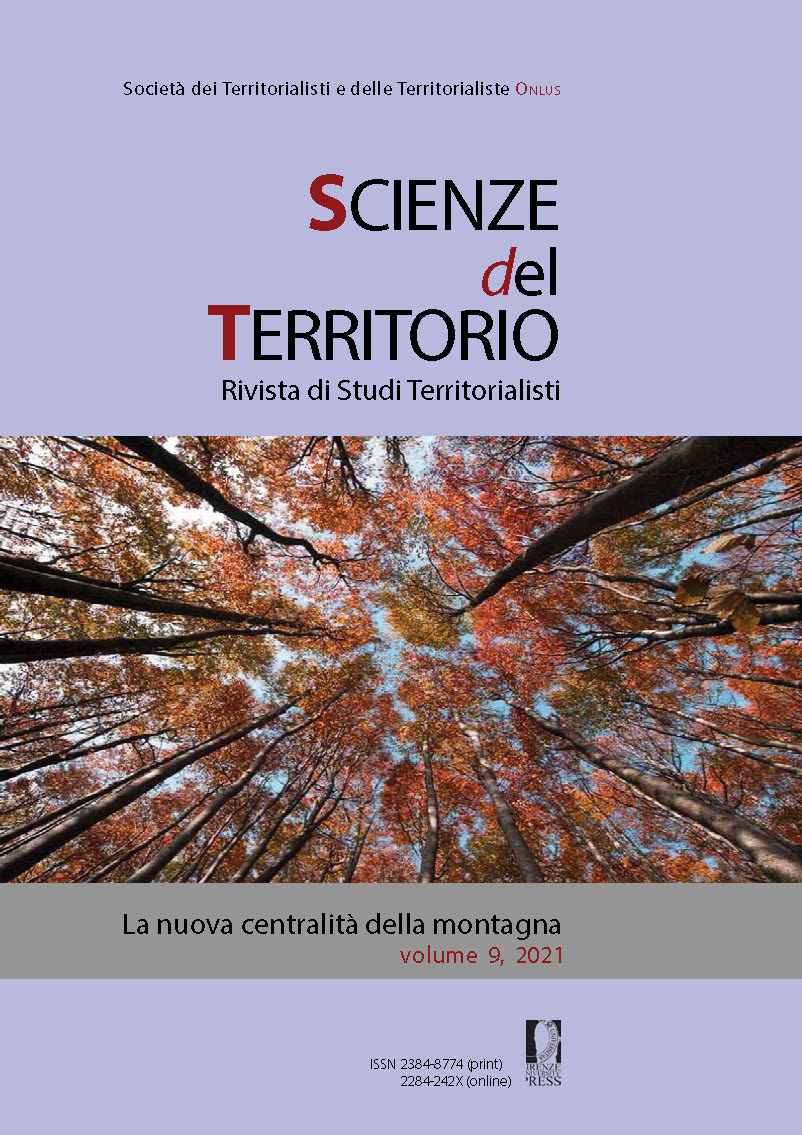Published 2021-02-11
Keywords
- self-government,
- Alpine autonomies,
- freedom of land clearing,
- colonists' rights,
- Charters of Freedom
How to Cite
Abstract
The fragility of mountain territories has always demanded adaptive solutions to assure their liveability. When the demographic pressure following the year 1000 dictated the need to use new land, until then covered by forests, the policy makers of that time started a colonisation process on a large scale. The purpose was to turn forests into fields, meadows, and pastures. This phenomenon, which had extensive economic and social implications, mainly involved the Alpine arc and especially its central and eastern sectors. Thanks to such initiatives, many seasonal settlements destined for aestivation (alpine pastures) by the pre-existing populations became permanent settlements inhabited all year round. The great rural revolution in the highlands of the late Middle Ages was made possible through the granting of legal incentives to colonists called upon to clear uncultivated land by territorial lordships, both ecclesiastical (princely abbeys, bishoprics) and secular. Such long-sighted political and administrative choices led to the ‘freedom of land clearing’ that constitutes the foundation of many forms of self-government and autonomy. Colonists who agreed to clear the land received, in return, those mountain freedoms which have contributed to strengthening the idea that ‘the mountains make you free’. The end of old regime societies and the advent of modernity with the rise of nation-states has challenged the alpine models of self-government.


